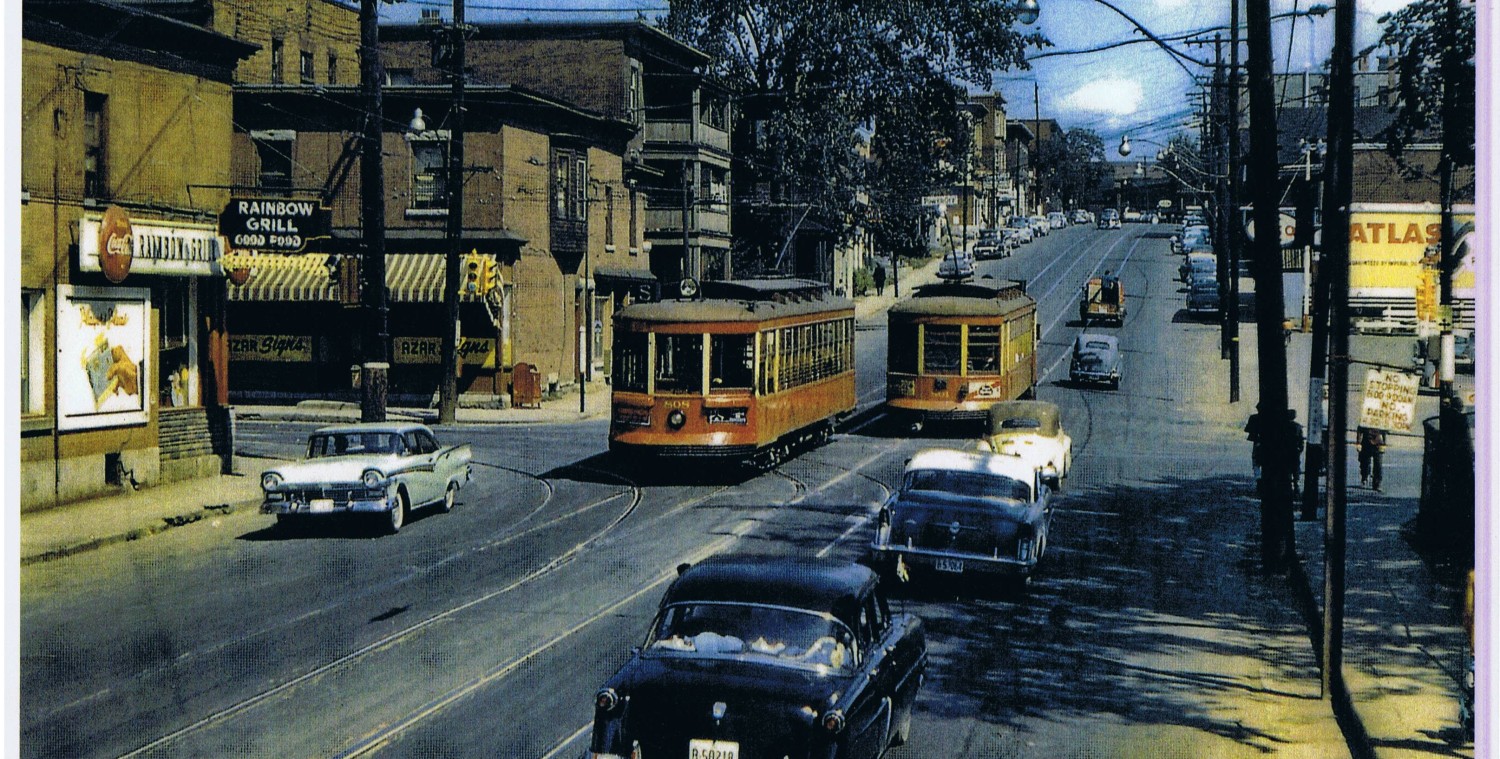Some infill houses are going in on the west end of Elm Street, near the Just Rite storage building, which formerly was the Vimy House war museum workshops, and before that the Champagne Streetcar Barn. Champagne was a mayor of Ottawa. The old barn is the building to the left, in the picture; it has a new stucco façade facing the street but the original brick walls on the residential sides. The backhoe is digging trenches in the street to connect to sewer and water mains.
Looking at the piles of dirt dug up, notice all the timbers. These are ties from the former streetcar tracks that ran up the street. The steel rails were removed, but the street was then repaved over the wooden ties. In the dirt there are also some track spikes, the big-headed nails the pinned the track to the tie:
The streetcars entered the barns from the City Centre Avenue (then called Champagne Avenue) side, through multiple barn doors. They all exited through one door onto a single track that ran up Elm to Preston, whence the cars turned north or south. In this movie clip, go to minute 4.15 to see a streetcar exiting the building. http://www.youtube.com/watch?v=GbqoBnhiak4 The streetcar is pretty much exactly on the spot where the spike was dug up.





My house is between Spruce and Elm on the West side of Preston, near the middle of the row. Someone a long time ago, probably when the street car tracks were dug up, grabbed a full rail and used it as a massive beam in the basement of my place. The entire space is open, so much so that I had to build internal walls when I moved in.
I was shocked when I ripped out some of the drywall in the basement to discover the rail.
A number of houses on Lorne also have streetcar rails as beams. If you look closely, railway track beams are thicker and larger than streetcar track beams. Look for stamping on the rail: 110 might mean the wieght per foot in pounds, common for railway tracks; 85 lbs/foot was more common for streetcars; but I must confess my recollection of this stuff is really old and likely faulty.
History can be read from sewer trenches to basement foundations.